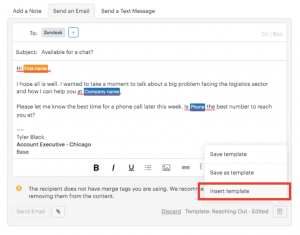In order to successfully implement 360-degree feedback in your workplace, it is necessary to be aware of the mistakes commonly made before embarking on the process, so you avoid them. When done the right way, multi-rater feedback systems can bring about massive positive change and maximise effectiveness at the individual, team, and organisational levels.
I’ve identified three common mistakes that serve as impediments and prevent multi-source assessments from working. Let’s get right on it.
Mistake 1: Not Having a Clear Purpose
Lack of a clear purpose is one of the major reasons why 360 feedback programmes fail. When it’s not being done to address an organizational performance issue or need and solely because it is the latest management trend, the feedback process is likely to be unsuccessful.
Multi-rater reviews are a powerful multi-dimensional tool that should be designed and implemented to meet specific business and strategic needs. For instance, some organisations may use it strictly as a development tool while ensuring there are no repercussions for people receiving negative feedback. Others may use it for performance management purpose and as a supplement to existing systems. Sometimes, it may even be used for both evaluation and development.
Regardless of whether you opt for it to enhance employees’ core leadership competencies or use it to assess their performance, it’s vital to clearly communicate to employees why you’re undertaking it.
Mistake 2: Failing To Create Trust
The whole concept of multirater feedback is based on the idea that people feel safe providing anonymous feedback. If you want 360 assessment to work its magic, you must establish a healthy feedback climate. Therefore, building an environment of trust is imperative, so raters know that the information will be used fairly, honestly, for the purpose of individual development – and their anonymity and confidentiality will be safeguarded.
People need to know what we would be reported to whom and for what purpose. It’s best to nail down at the outset who will have access to their data. Make sure that all stakeholders thoroughly discuss their concerns and fully understand the rationale behind it.
Mistake 3: Asking the Wrong Questions in the Wrong Language
It may be tempting to use business and management jargon rather than common, concise language while preparing 360 review questions, but technical terms and complicated language often leave space for miscommunication and confuse the raters. Moreover, poorly worded questions are another reason why companies don’t achieve the maximum response rate.
The key lies in devising questions that are free from ambiguity and avoiding double-barreled questions. For example, a question like: “Is he/she a good communicator and listener?” will produce unreliable and inaccurate results as raters will be unsure how to answer and evaluate two separate behaviours. Lastly, it is also recommended to create an emphasis on behavioural patterns and competencies rather than personality traits.
Business & Finance Articles on Business 2 Community(51)







